Nature's Paradise: Discovering the Best Things To Do in Jim Corbett National Park

The Corbett Waterfall, Jeep Safari, Elephant Safari, Camping, Trekking, Fishing, Mountain Biking, River Crossing, River Rafting, Rock Climbing, Bird Watching, Seeking Blessings at Garjia Temple, and many other activities are available at Jim Corbett.
A number of the first in Asia to be formed as a national park. The park, which occupies 1318 square kilometres and is home to hundreds of birds, plants, and animals, is situated in Uttarakhand.
After spending time in pristine nature, seeing the numerous creatures in their natural habitat is one of the most interesting things to do in Jim Corbett National Park. This place offers a fantastic combination of experiences for visitors to enjoy. Rock climbing, rappelling, river rafting, hiking through woods, and many other exciting activities are available to adventure seekers.
There are also tours, camping, and strolls along the riverbank available for those who love the outdoors and are looking for a calm getaway. Our extensive collection of enjoyable, instructive, and captivating activities in Jim Corbett will make your vacation memorable if you’re unsure what to do while coming.
Jim Corbett and choose the best things to do for your next Jim Corbett Trip
1. Jungle Safari, Jim Corbett National Park

Jim Corbett offers forest safaris twice a day, in the morning and the evening. The area is separated into five designated tourism zones, with a cap on the number of vehicles that can enter each zone at any given time. In Jim Corbett National Park, there are two different kinds of safaris: Jeep Safari and Canter Safari.
Only the Dhikala zone, which is the park’s central region, is accessible via the Canter Safari. Here is where you are most likely to see the renowned Bengal tiger. In addition to the canter safari, only guests staying at the forest lodge in the Dhikala zone are allowed to take a jeep safari to explore the region. Except for the Dhikala zone, four of the reserve’s five zones can be explored in the Jeep Safari, which is the most popular safari vehicle at the park. Each jeep can carry a maximum of six passengers, and the total number of jeeps in each zone cannot exceed a predetermined threshold at any one moment. The upper limit varies according to the location.
2. River Rafting in Corbett National Park
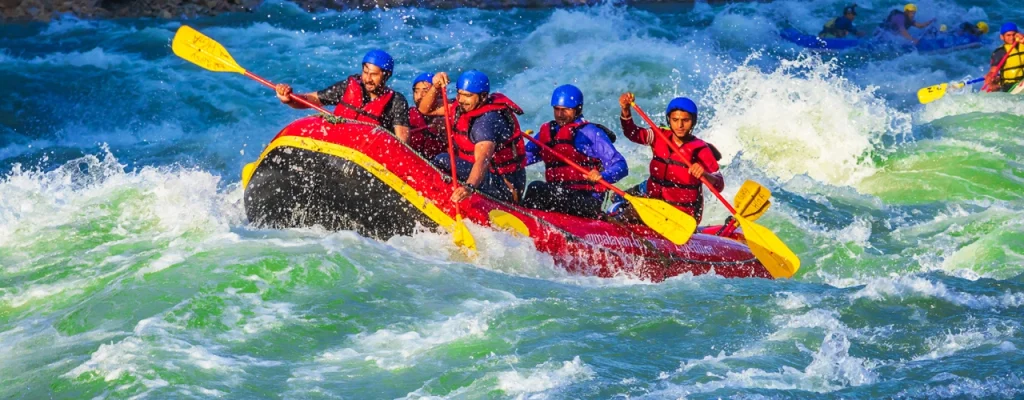
One of the most picturesque ways to experience the Kosi River’s swift currents is to go river rafting through Class II and III rapids in Corbett National Park. It is intended for all skill levels, from novices to experts. In Jim Corbett, river rafting is only possible in the monsoon season.
July through September is the best option season for river rafting on the Kosi River. On the river, there are also organized water adventure sports like fishing, angling, and rappelling.
3. Corbett Waterfall, Jim Corbett National Park
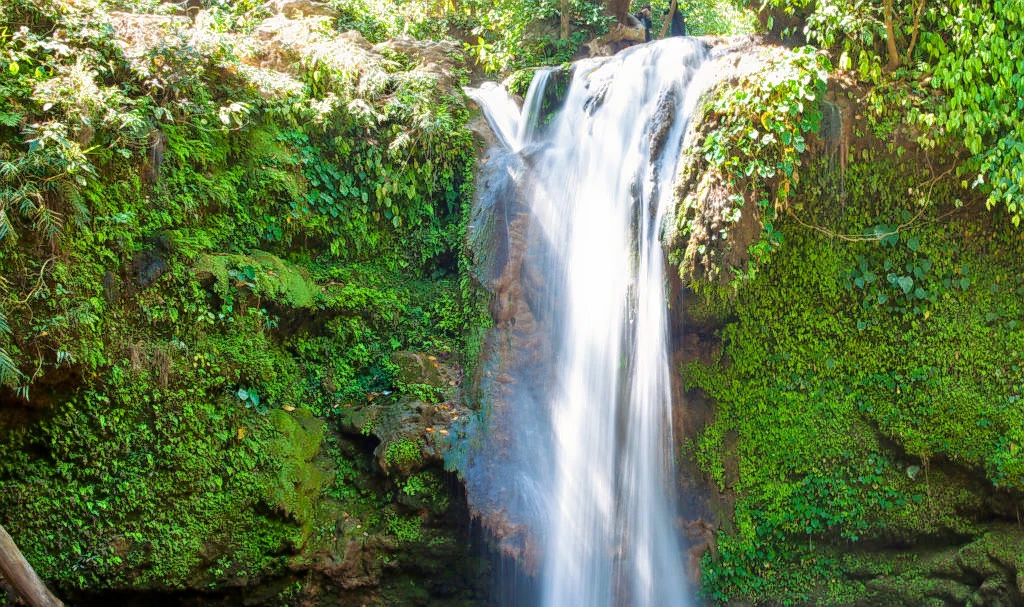
The wonderful Corbett Falls waterfall is situated at Kaladhungi, 25 kilometres from Ramnagar. This 66-foot-tall waterfall, which is surrounded by lush woodlands and provides a very tranquil setting, is impressive to see, especially on full-moon nights. Naturalists frequently set up camp and have picnics next to this waterfall. It’s a quick 2km walk to Corbett Waterfalls.
4. Bijrani Zone
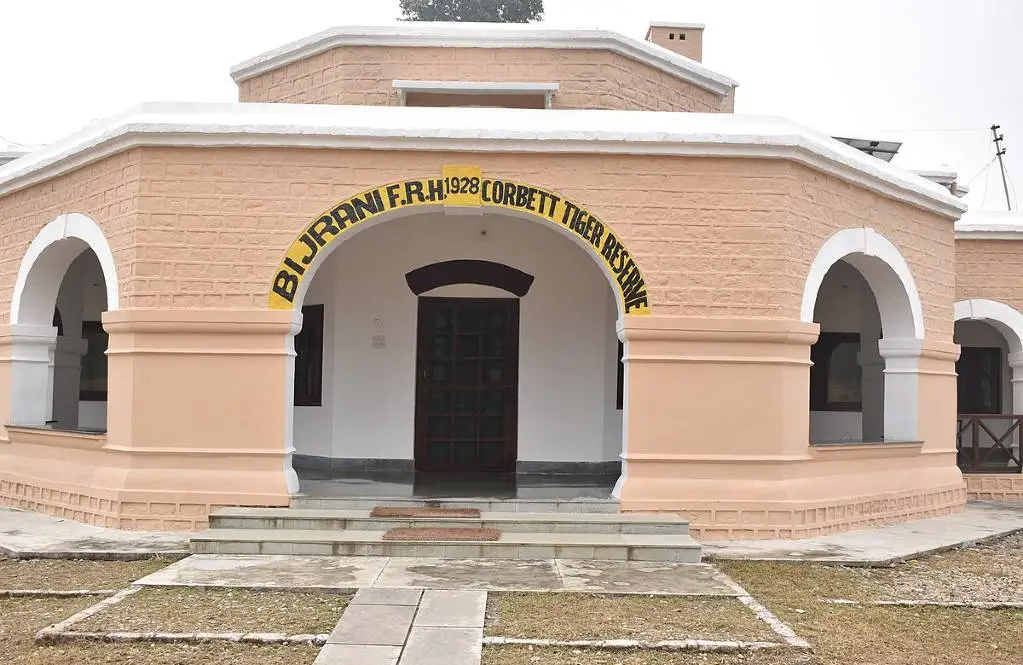
One of the key areas of Jim Corbett National Park is Bijrani. After Dhikala, this zone is the best place to see the regal Bengal tiger. Known for its sal trees, this area is also home to rare hog deer, sambar, and chital trees. Because the Bijrani zone is home to about 600 species of uncommon and migratory birds, it is also well-liked by birdwatchers.
In this area, there are two woodland rest cottages where visitors can stay. To enter the Bijrani zone, safari entry permission must be obtained. To enter the area, a safari jeep and a guide are also required.
5. Jhirna Zone jim corbett
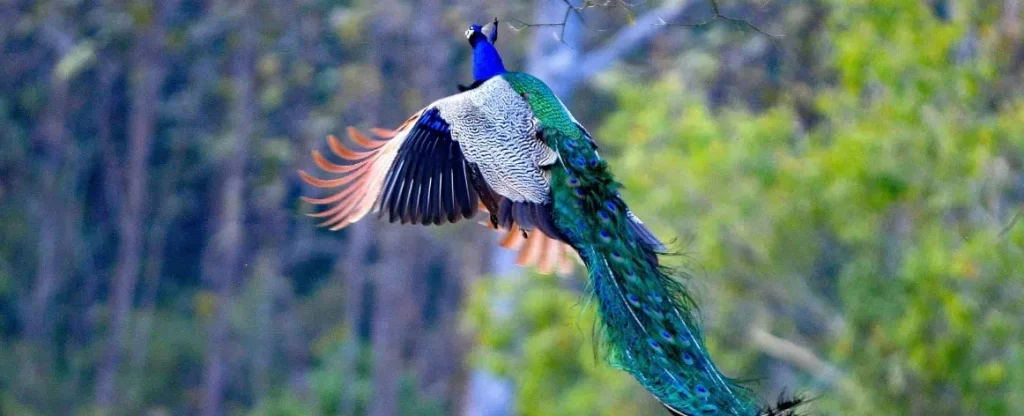
One of the five public tourism zones in Corbett National Park is the Jhirna Safari Zone. It is famous for sightings of sloth bears and tigers. This area is known for its dry deciduous forest and is home to elephants, nilgai, deer, and chital. Because it houses certain uncommon and migratory birds, bird watchers find it to be rather popular.
To enter the Jhirna zone, safari entry permission must be obtained. To enter the area, a safari jeep and a guide are also required. Safari reservations cannot be made in advance during the monsoon, which runs from July to September. This is because safaris may be postponed on any given day due to severe rain or unfavourable weather.
6. Rock Climbing in Corbett National Park
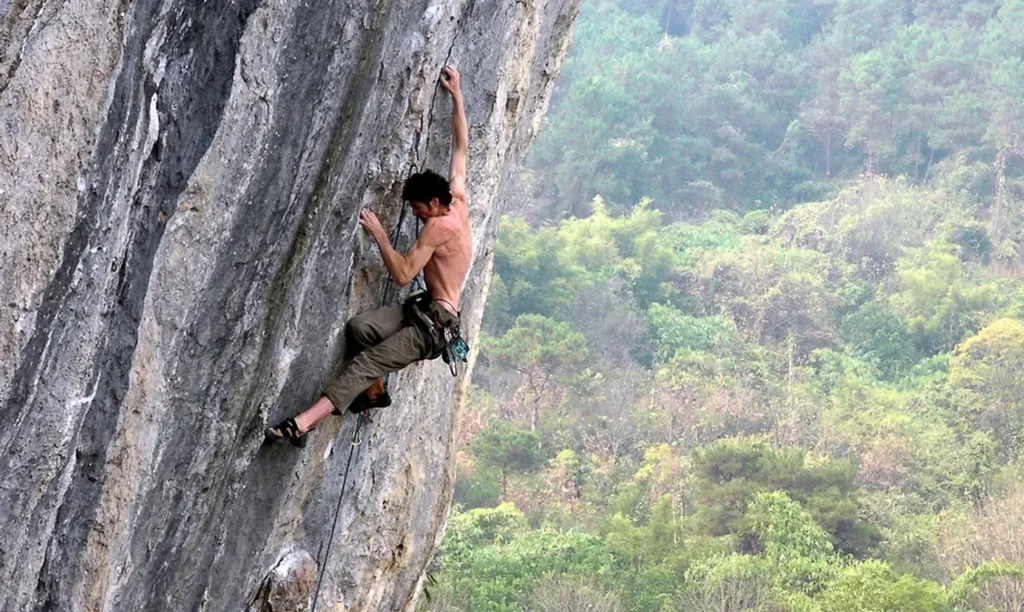
Rock climbing is an extreme sport that requires all of your bodily force to ascend an uneven rock structure, making it a fantastic choice for anyone with a strong sense of adventure. Because Jim Corbett is mountainous, many rocks are good for rock climbing, making it a great place to do rock climbing.
Rock climbing is a great way to test one’s endurance because it requires the use of safety and climbing gear in addition to the instruction of a qualified teacher. From atop a rock, it’s also a great chance to see breathtaking views of the surrounding foliage and mountains. If allowed, climbers may also take pictures after they reach the summit. If you would rather not begin with actual rocks, you can always use an artificial climbing wall. Grasping the cracks with a rope and harness, one can ascend.
7. Durga Devi Zone
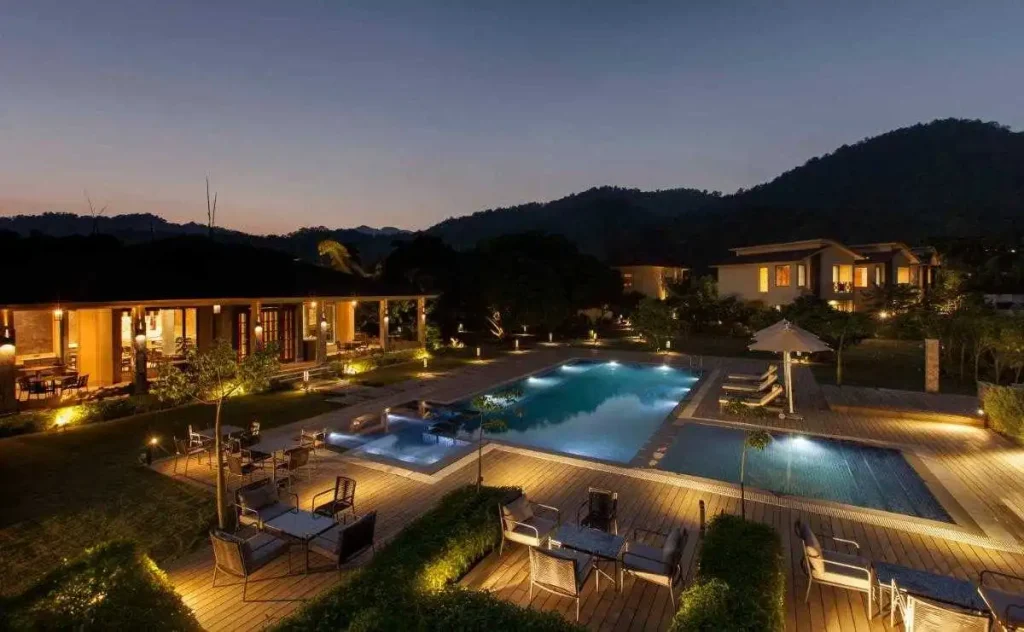
Jim Corbett’s Durga Devi Zone is famous for its safari over verdant hills and deep forests. Bird watchers love this charming zone since, in addition to the local flora and fauna, it is home to several exotic birds. There are also wild elephants, barking and spotted deer, sambar, jackals, and black-faced monkeys to be seen here.
8. Bird Watching at Jim Corbett National Park
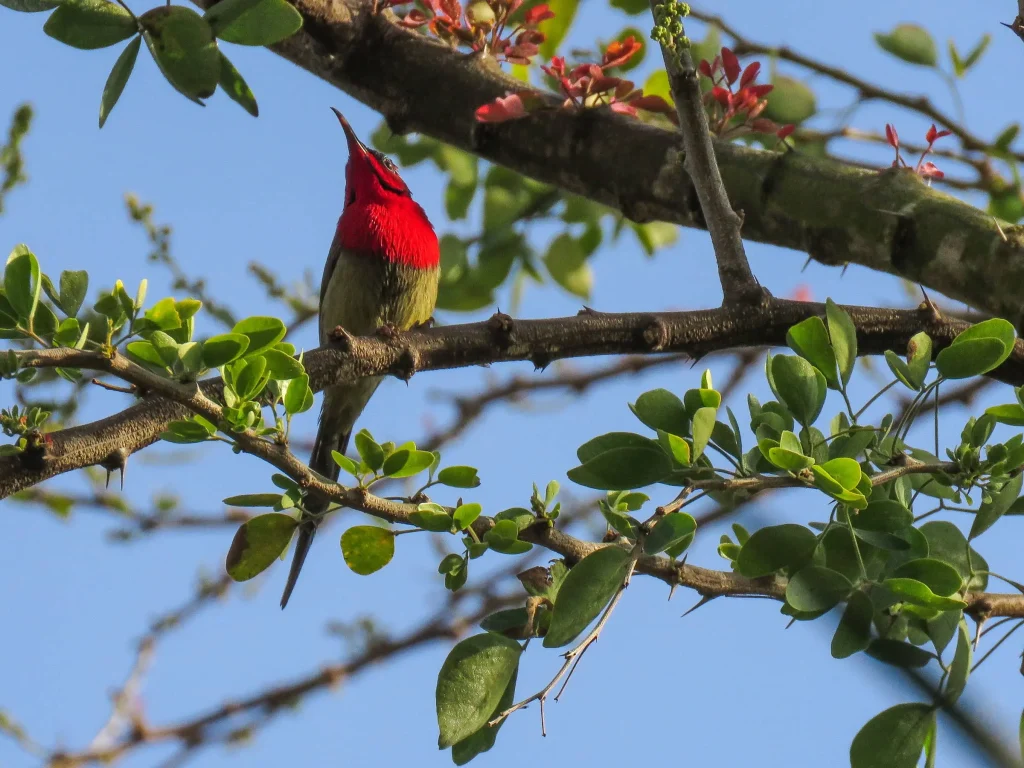
In Uttarakhand’s Jim Corbett National Park, a plethora of birds may be seen in addition to a diverse range of animals and lush vegetation. Several rare and endangered bird species can be seen here, making it a great spot for birds looking at pictures.
The almost six hundred bird species that call Corbett National Park home make it a haven for ornithologists, environmentalists, and lovers of the great outdoors. For travellers to get a sight of birds and animals, safaris in a jeep or canter are organized by both local government and private travel organizations. The Black-Crowned Night Heron, Cinnamon Bittern, Kingfisher, Great White Pelican, and Greater Cormorants are just a few of the animals that may be spotted. Additionally, visitors can observe birds by exploring the six main paths; each route offers a different chance to spot a certain kind of bird. The Kosi Barrage and Sitabani, Mohaan to Kumariya, Garjiya Temple with Kosi River, Kyari to Powalgarh, Haati Dangar, and Bhakrakot to Marchula are some of these routes.
9. Elephant Safari at Jim Corbett National Park
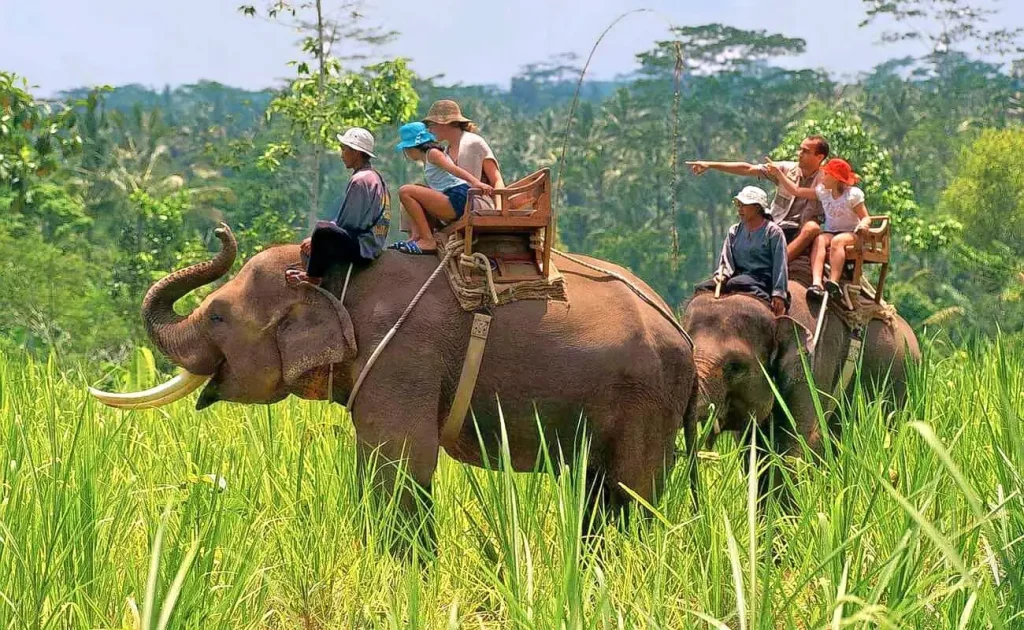
Other than the car and canter safari, Jim Corbett’s elephant safari is a popular activity. In the day or afternoon, under the supervision of an elephant handler, one can go up to the park’s perimeter and witness tigers, elephants, and other animals and birds. The handlers frequently share useful information about the area, and the elephants, and even let guests feed them! Make sure to wear sunscreen and, of course, a camera for taking pictures.
10. Garjiya Devi Temple
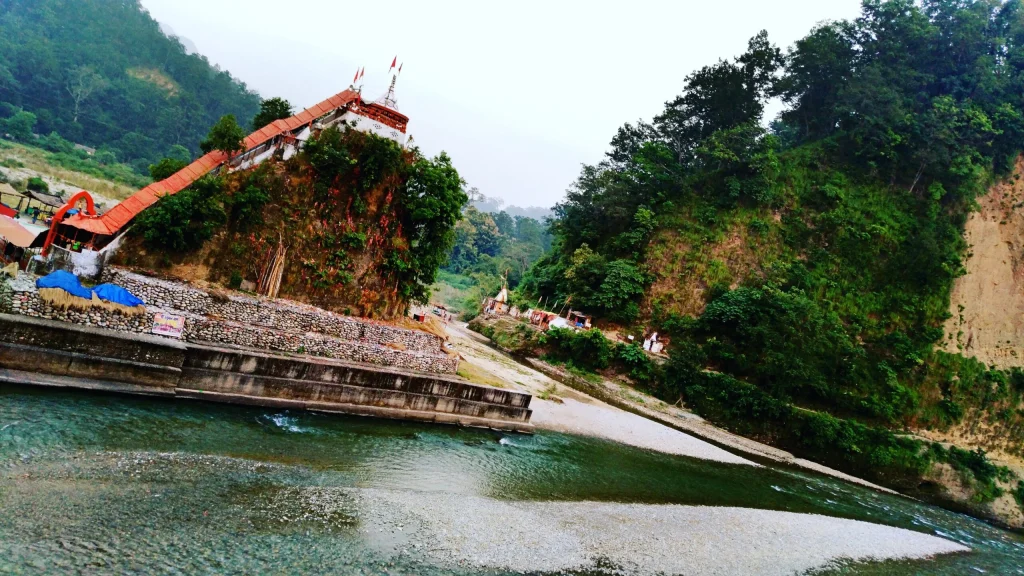
The Garjiya Devi Temple, dedicated to one of Goddess Parvati’s incarnations, sits on a massive rock in the middle of the Kosi River. It is located 13 kilometres from Ramnagar and is one of the region’s most prominent temples. It also houses the deities of Baba Bhairon, Lord Shiva, Lord Ganesha, and Goddess Saraswati. The temple houses a 9th-century black granite statue of Lakshmi Narayan.
On Karthik Poornima, the 15th day of the Karthik month (November – December) in the Hindu calendar, the temple hosts a big fair. It is open to travellers all year, except during the monsoon season when the Kosi River surges dangerously high.
11. Corbett Museum
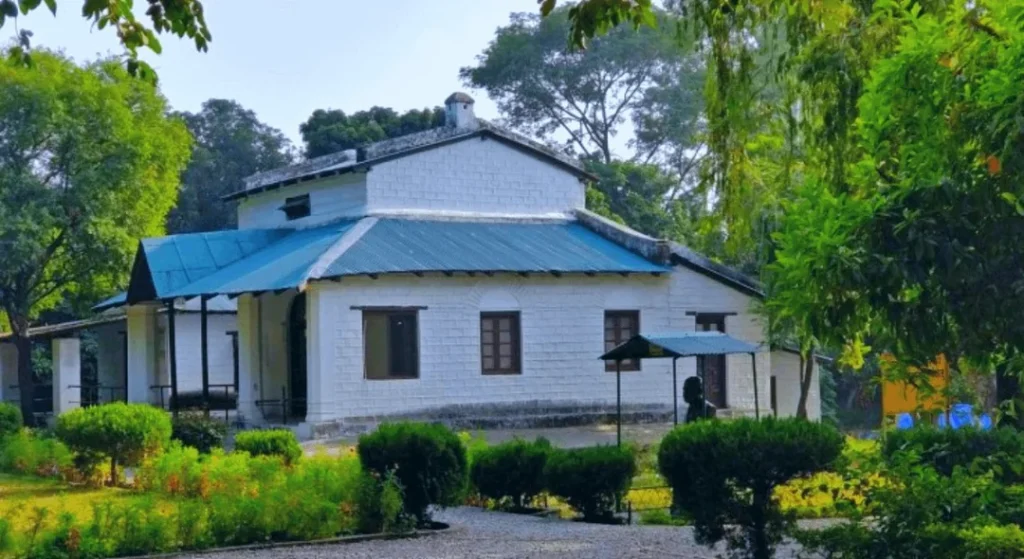
Corbett Museum, located in Kaladhungi, is a bungalow once owned by Jim Corbett, a well-known tiger environmentalist. The museum houses his memoirs, personal possessions, letters written by him and his friends and supporters, antiques, and rare photographs.
12. Kosi River

The Kosi River in Jim Corbett National Park runs along the eastern boundary and creates a gorgeous setting with stunning views of the hills in the background and crystal-clear waters. It is inhabited by mahseer fish and draws a large number of migratory birds. It is also popular for rafting, which requires authorization from the government.
Kosi originated from Darpani. Dhar flows across valleys before reaching the eastern border of Corbett National Park. It does not penetrate the park boundary, but it is an important supply of water for wildlife.
13. Camping
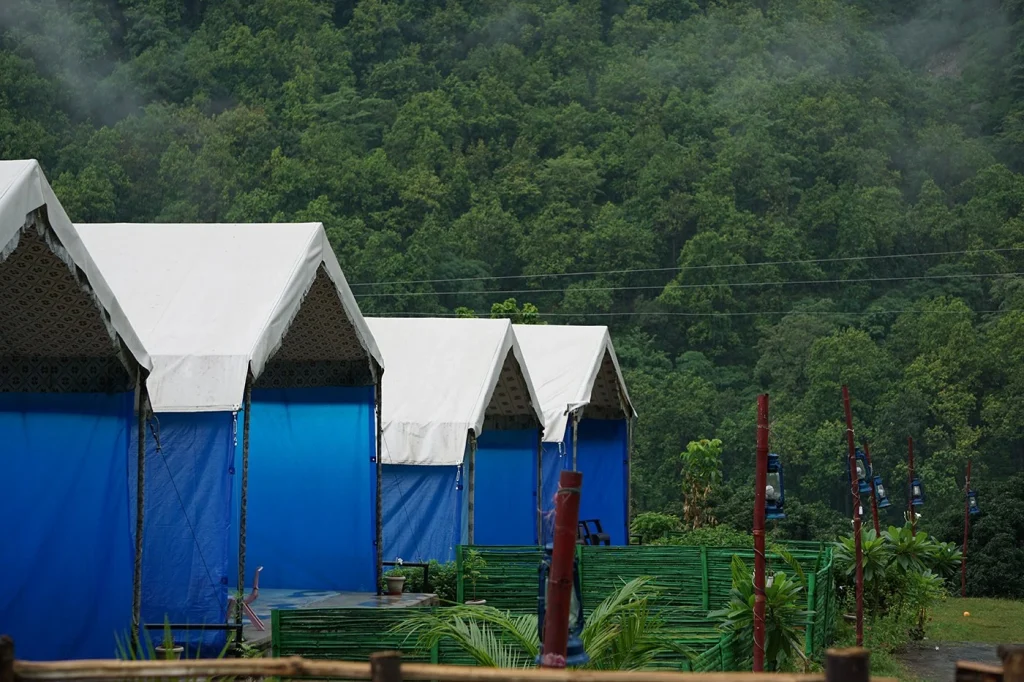
Camping is one of the most serene and gratifying activities that visitors to Jim Corbett National Park may enjoy. The park covers a large area and has numerous attractions. However, camping is a popular activity due to the unique experience it provides.
You can plan camping packages that include fishing expeditions, bonfires, and guided tours of the National Park’s magnificent woodlands. Camping also allows you to enjoy the splendour of the surrounding mountains and the beautiful night sky while lost in nature.
14. Fishing
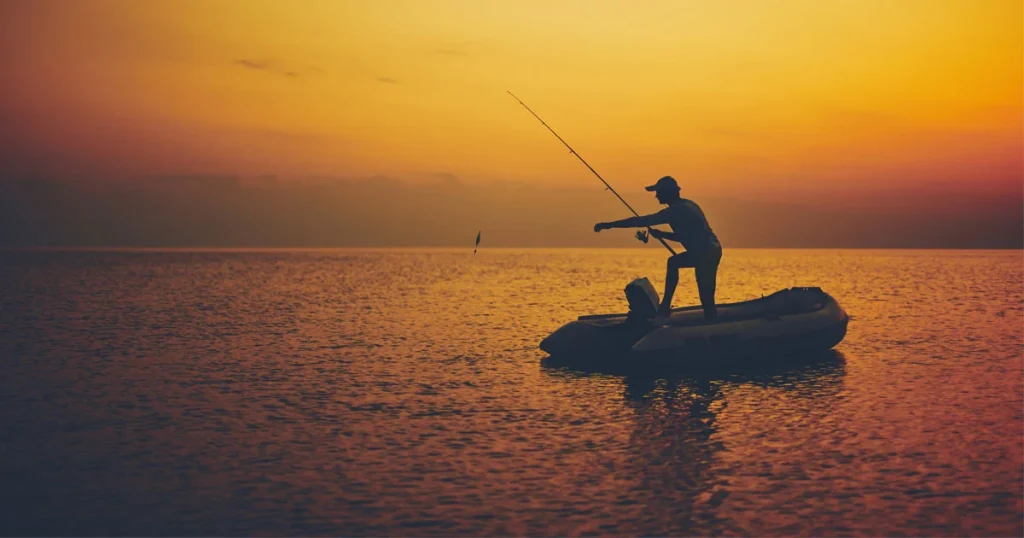
If you are a foodie and enjoy fishing and cooking on your own, Jim Corbett National Park is the place for you. The idea of fishing in the Ramganga River was first proposed by Jim Corbett, a hunter turned naturalist.
This river flows through the park and is home to a variety of local fish that can be caught, dried, and cooked over a wood fire. Masheer and Goonch are two of the many different types of fish found in Ramganga. This river can be fished near Balyali, Bandharan Bashal, Matwash, and Rikawasi.
Conclusion
The oldest must-do activities in Jim Corbett include exploring the different animals, going on daring safaris, and relaxing in nature. The national park provides a variety of experiences for environment and wildlife aficionados, including bird watching and jungle excursions. Relaxing by the river or going on a nature walk are also excellent ways to immerse yourself in Jim Corbett’s natural beauty. Whether you want to go on an adventure or relax, Jim Corbett has something for everyone.
You can also check our Jim Corbett Tour Packages
People also ask about Things to do in Jim Corbett
1. Which month is best to see Jim Corbett?
The greatest time to visit Jim Corbett is during the winter, from November to February. Corbett gets mild cold temperatures in the winter, which often range from 5°C to 25°C (41°F to 77°F). This season is ideal for wildlife enthusiasts.
2. How safe is a jeep safari in Jim Corbett?
The safari is safe and economical. And almost every resort offers a jeep safari, making it easy to book. The hours of operation are 6 a.m. to 5 p.m.; after 5 p.m., the forest closes due to safety concerns and government regulations. The elephant ride is appropriate for everyone who appreciates elephants.
3. Does Jim Corbett have a night safari?
The Jungle never sleeps, so why waste a night? Night safaris are conducted on the road surrounding Jim Corbett National Park rather than within it.
4. How long is the Corbett Jeep Safari?
Morning Trip – Jeep Safari begins at 5:30- 6:30 a.m. (depending on weather), and the safari lasts 3:00 hours on average. NOON / Afternoon Jeep Safari trips begin at 1:30-2:30 p.m.-NOON/afternoon (depending on weather) and last around 3 hours.
5. Which safari is best in Jim Corbett?
The Dhikala Zone is Jim Corbett National Park’s most popular zone, and it is the finest place to see tigers in their native habitat.
6. Is it safe to go on safari in an open jeep?
Most people are apprehensive when we tell them that safaris take place in open jeeps, but we guarantee you that it is extremely safe, and we have not had any incidences in the past that would suggest otherwise. Your jeep must maintain a safe distance from animals when driving through the forest.
7. Which is better: an elephant safari or a Jeep safari?
Jeeps can go further and faster than elephants, boosting your chances of seeing rhinoceros, tigers, elephants, and other bird species. Jeep safaris are ideal for people who want a more comfortable and convenient form of transportation than riding an elephant.
